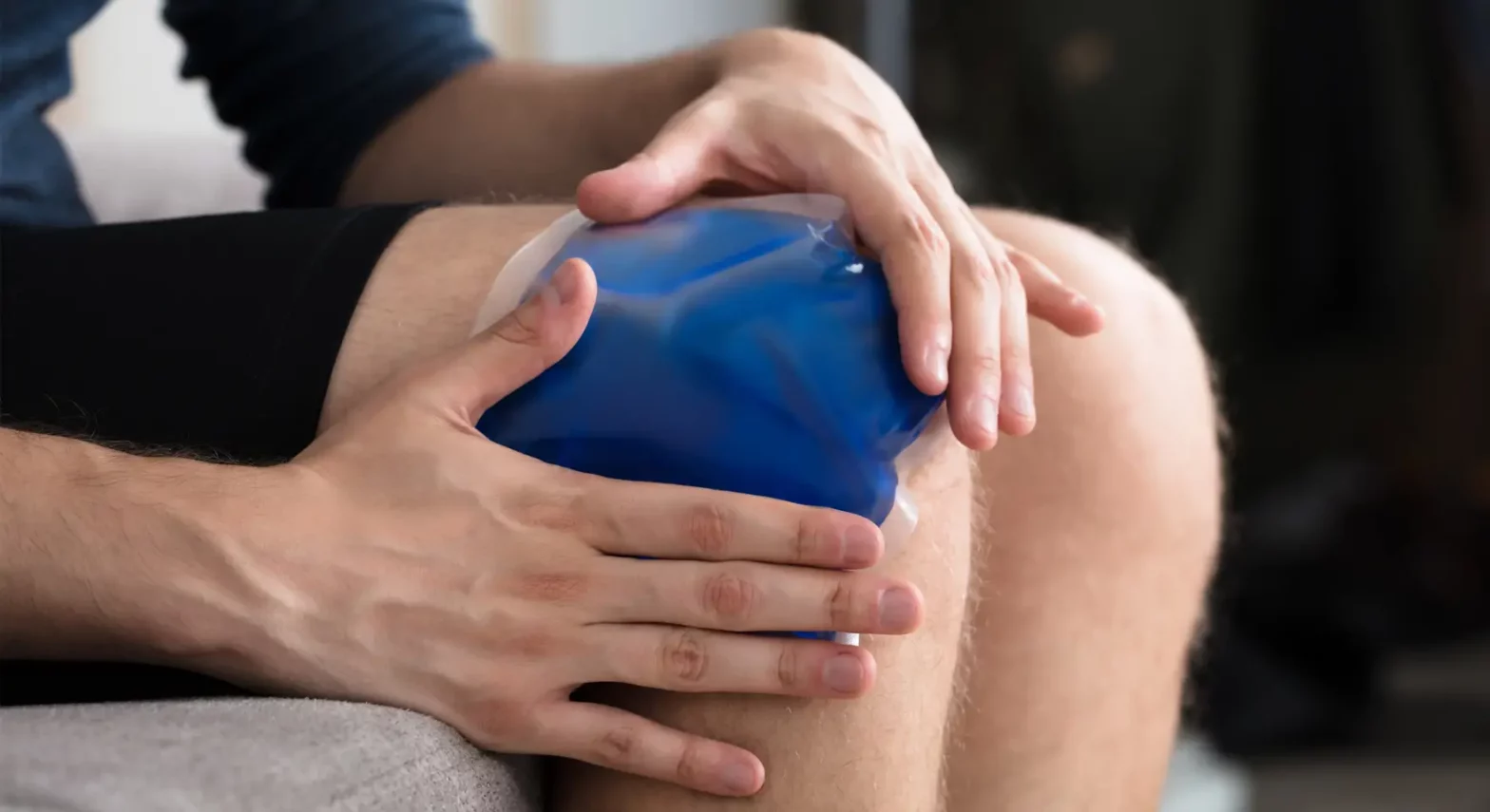January 3rd, 2024
Understanding Gout: Causes, Symptoms, and Treatment

Gout is a type of arthritis that causes sudden severe pain in a joint and surrounding soft tissues. Most often it occurs in the joint of the big toe, but gout can occur in any joint.[1]
Gout is the most frequently seen inflammatory arthritis worldwide, and has been diagnosed in over 9 million American adults.[7] It more frequently affects middle-aged and older men. Currently there is no cure for gout, but it can be controlled with medication.[8]
Expert Insight
What is Gout? - J. Carr Vineyard, MD
What is Gout?
A gout flare may be triggered if too much uric acid builds up in the bloodstream. Uric acid makes tiny sharp crystals that settle in the joints or soft tissues. These crystals cause inflammation where they gather. The flare may last from 3-10 days, depending on treatment.
People who do not use preventative treatments will notice that symptoms get worse over time, and they will have more frequent flares. Recurring attacks can lead to permanent damage to the joints, which can lead to changes in joints and constant pain. When gout is treated properly, symptoms shouldn’t progress to permanent disability.[1]
Role of Uric Acid
Our bodies produce uric acid when a substance called purine is broken down. Purine is naturally found in our bodies and also is found in some foods and beverages. Uric acid is a strong antioxidant and at normal blood levels, does not cause damage. Uric acid is eliminated by the kidneys through urine.
Some people’s bodies make too much uric acid or do not eliminate it well. This causes a build-up of uric acid and increases the risk for gout. However, not everyone with high levels of uric acid will go on to develop gout.
[1]Symptoms and Stages of Gout
The most common symptoms of gout are:
- Intense pain in joints
- Redness
- Swelling
- Heat[4]
Infection can cause similar symptoms, so it is important to see your doctor if you have any concerns.
Gout Stages
- Hyperuricemia: high levels of uric acid in the bloodstream, but no symptoms.
- Gout flare: episodes of intense pain and swelling in your joints.
- Interval gout: times in between attacks when you don’t have any symptoms.
- Tophi: a later stage of gout in which crystals build up in your joints or skin. At this stage, there can be so much damage that the joint no longer functions as well as it used to.[4]
Risk Factors
Factors that raise your chances of developing gout include:
- Family history of gout
- Male gender
- Increasing age
- Alcohol use
- Sugar-sweetened beverages
- Diet high in red meat and seafood[4]
- Medical conditions such as:
- Diabetes
- High blood pressure
- High cholesterol
- Menopause
- Heart disease
- Kidney disease
- Obesity [7]
- Medications such as diuretics, low dose aspirin, niacin, and cyclosporine.
Diagnosis
Your doctor will ask questions about symptoms and lifestyle and then perform a physical exam of the affected joint and surrounding areas. Blood tests measure the amount of uric acid in your bloodstream.[1]
Synovial fluid from the affected joint can be examined for crystals, which can help distinguish uric acid crystals from infection and is the best test to diagnose gout.
Imaging, such as x-rays, CT scans, or MRI are not helpful in the early stages of gout. They can assess damage in joints further along in the disease course. Ultrasound has been helpful in identifying uric acid crystals in tissues. [5]
How is Gout Treated?
The goal of gout treatment is to manage acute flares, reduce future flares, and lessen the degree of damage to the joints.
Acute Attacks
Home remedies are helpful early in a gout flare. Ice, elevation, and rest reduce inflammation and pain. Over-the-counter non-steroidal anti-inflammatory medications like ibuprofen or naproxen provide relief and decrease inflammation as well.
Your doctor may prescribe an anti-inflammatory medication like indomethacin or a corticosteroid. Corticosteroids also may be injected directly into the symptomatic joint to deliver relief. [1][6]
Before taking any medication, discuss potential side effects with your doctor.
Preventative Management
Your doctor may consider a preventative medicine if: levels of uric acid remain high in your bloodstream, you have more than three flares a year, very severe flares, evidence of permanent damage (tophi), or signs of kidney damage.
Medicines available to treat gout include:
- Allopurinol and febuxostat, which decrease how much uric acid your body makes.
- Colchicine, which stops white blood cells from attacking urate crystals.
- Probenecid and lesinurad, which assist the kidneys in getting rid of uric acid.[1]
Surgery
Typically, surgery is not needed during an acute gout flare. Surgery such as joint replacement or joint fusion may be recommended to remove tophi or manage joint damage. [6]
Diet and Lifestyle Recommendations to Manage Gout
Drink at least 64oz of non-caffeinated fluids daily (plain water is best) to help your kidneys flush out uric acid.
Limit foods high in purine, especially alcoholic beverages, red meat, organ meat, seafood (shrimp, mussels, oysters, squid, crab, and lobster), and sugar-sweetened beverages.
Low fat dairy products can decrease uric acid levels.
Citrus fruits help with uric acid levels; choose fruits lower in fructose. Tart cherries and their juice can protect against gout attacks. [2]
Be aware that diet and lifestyle changes by themselves are not likely to keep uric acid levels in a normal range. Medications are usually necessary. [3]
Gout and Other Health Conditions
Gout is related to cardiovascular complications and peripheral vascular disease. Being overweight increases gout risk and flare frequency.
Kidney function can be worsened by uric acid crystals and kidney stones may develop. Some medications to treat gout may cause further damage to the kidneys.
Individuals suffering with gout are at greater risk for depression, especially those with active flares and untreated gout.[5]
Conclusion
Gout is the most common type of inflammatory arthritis in the world. It causes sudden flares of intense pain in joints along with swelling, redness, and heat. This condition usually worsens over time and can lead to significant disability. Although there is no cure for gout, there are many treatment options. It is important to see your doctor early if you have any joint concerns. A proper diagnosis along with comprehensive management can help decrease symptoms, reduce the number of flares, and lower risk of permanent disability.
Find an Orthopedic Doctor in Your Area





